Winter-Ready Garage: Protect Your Car and Upgrade Your Space
Prepare your garage for winter 2025. Protect your car, upgrade your space, and start the year with a clean, organized, and premium garage designed for your lifestyle.
Ever walk on your garage floor and feel like you need to tiptoe around dust, cracks, and uneven patches just to avoid a mess? For many homeowners, an old garage floor it’s a daily frustration. From tripping hazards to constant sweeping, an outdated floor can make your garage feel uninviting and unsafe. But it doesn’t have to be like that. In 2025, there’s a better, smarter way to fix those cracks and create a beautiful, durable floor you’ll actually enjoy using. Why does your garage floor crack and wear down? Over time, concrete floors show signs of stress. Age and settling: Concrete naturally shifts and settles over time. Daily use: Heavy vehicles, tools, and foot traffic take a toll. Temperature changes: Freeze-thaw cycles can create cracks that spread year after year. Dust and staining: Bare concrete is porous, which means it traps dirt, absorbs oil, and constantly sheds dust. The result? You end up with a garage that’s harder to clean, unpleasant to walk on, and less functional overall. From old and dusty to sleek and flawless Fixing your garage floor isn’t just about covering up cracks, it’s about applying a premium-grade floor coating system that transforms the entire space. No more dusty footprints. A surface built to last: High-quality products like Floortex® are engineered for durability, resisting wear from vehicles, spills, and heavy use. Added texture with flakes: Decorative flakes aren’t just for looks; they provide traction and reduce slipping hazards. FACT: The premium floor coating products we use cure in as little as 60 seconds. That’s why our expert installers work quickly and with precision. They have to! This fast-curing technology is what allows us to deliver professional results in less time, so your garage is ready to use sooner. Why quality products make all the difference Not all garage floor coatings are created equal. Low-cost options can peel, bubble, or fade within a few years. Floortex®, on the other hand, is superior because it: Bonds deep into the concrete for long-lasting adhesion Resists stains from oil, chemicals, and road salt Cures quickly for minimal downtime Offers a beautiful, high-gloss finish with built-in texture. THE RESULT: A garage floor that’s safer, stronger, and designed to last for years to come. The benefits of a beautiful garage floor A flawless garage floor does more than just look good. Here’s what it brings to your space: Low-maintenance cleaning: A simple squeegee with water and mild soap is all it takes. Better functionality: From parking your car to working out, everything feels easier on a smooth, clean floor. Boosted resale value: Buyers notice a well-maintained garage. It’s a big selling point. A garage you actually enjoy using: Whether it’s for storage, hobbies, or entertainment hub, the difference is immediate. Is fixing your garage floor worth it? In a word: YES. Here’s what a properly repaired and sealed garage floor delivers: Safety: No more tripping hazards or shifting surfaces Longevity: Prevents cracks from spreading and moisture damage from worsening Resale value: A clean, professional garage makes a strong impression A better space overall: Whether you're storing tools, parking your car, or building a home gym, your renovation starts with the floor. Final thought: It starts in the garage. If you're planning a garage renovation in 2025, don’t skip the floor. Cracks and unevenness may seem like small flaws, but they hint at deeper issues. Addressing them now sets the stage for a better, safer, and more usable garage space in the future. Ready to fix your garage floor for good? Book a free consultation with our design experts today. About the author: Felix is the Content Lead at Garage Living. With over 18 years of experience in e-marketing, web design, and content strategy, Felix blends digital expertise with a passion for storytelling that informs, connects, and inspires. Whether he’s crafting blog content or shaping how customers engage with the brand online, he believes the right words can make any message stand out. Outside the screen, he’s a Barça fan, moviegoer, and avid trekker who brings curiosity and energy to every project.

Prepare your garage for winter 2025. Protect your car, upgrade your space, and start the year with a clean, organized, and premium garage designed for your lifestyle.


A cohesive and polished garage space requires the work of a team who plans every detail.
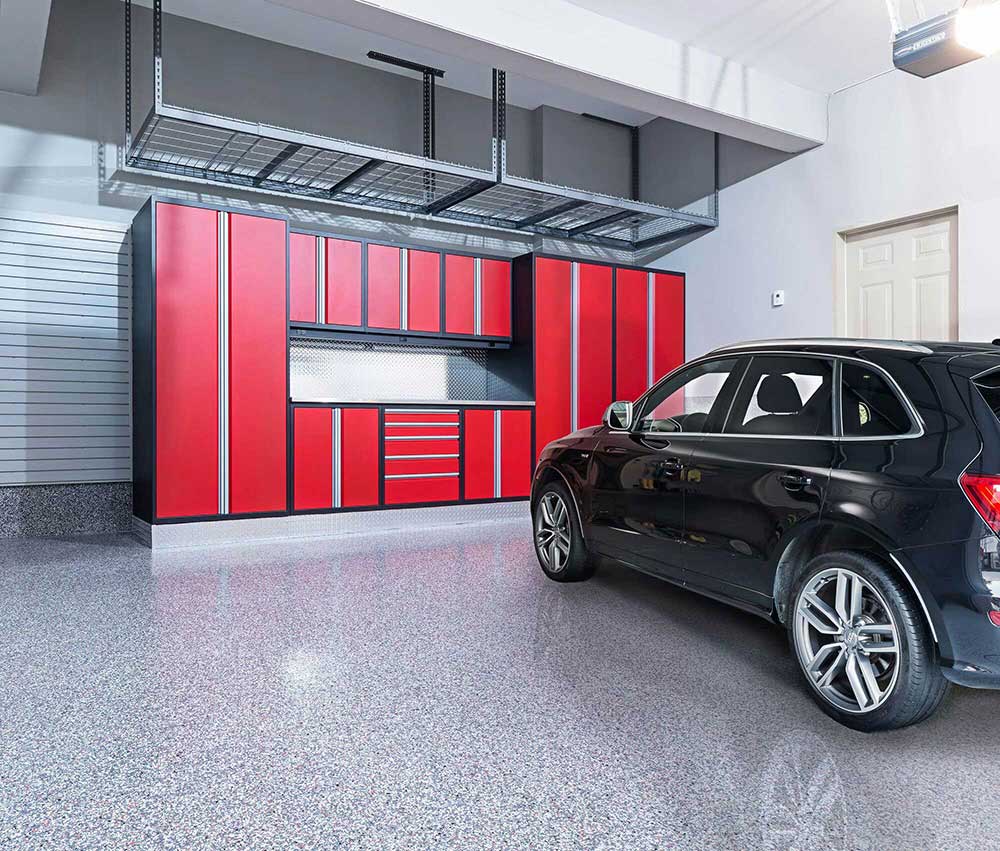
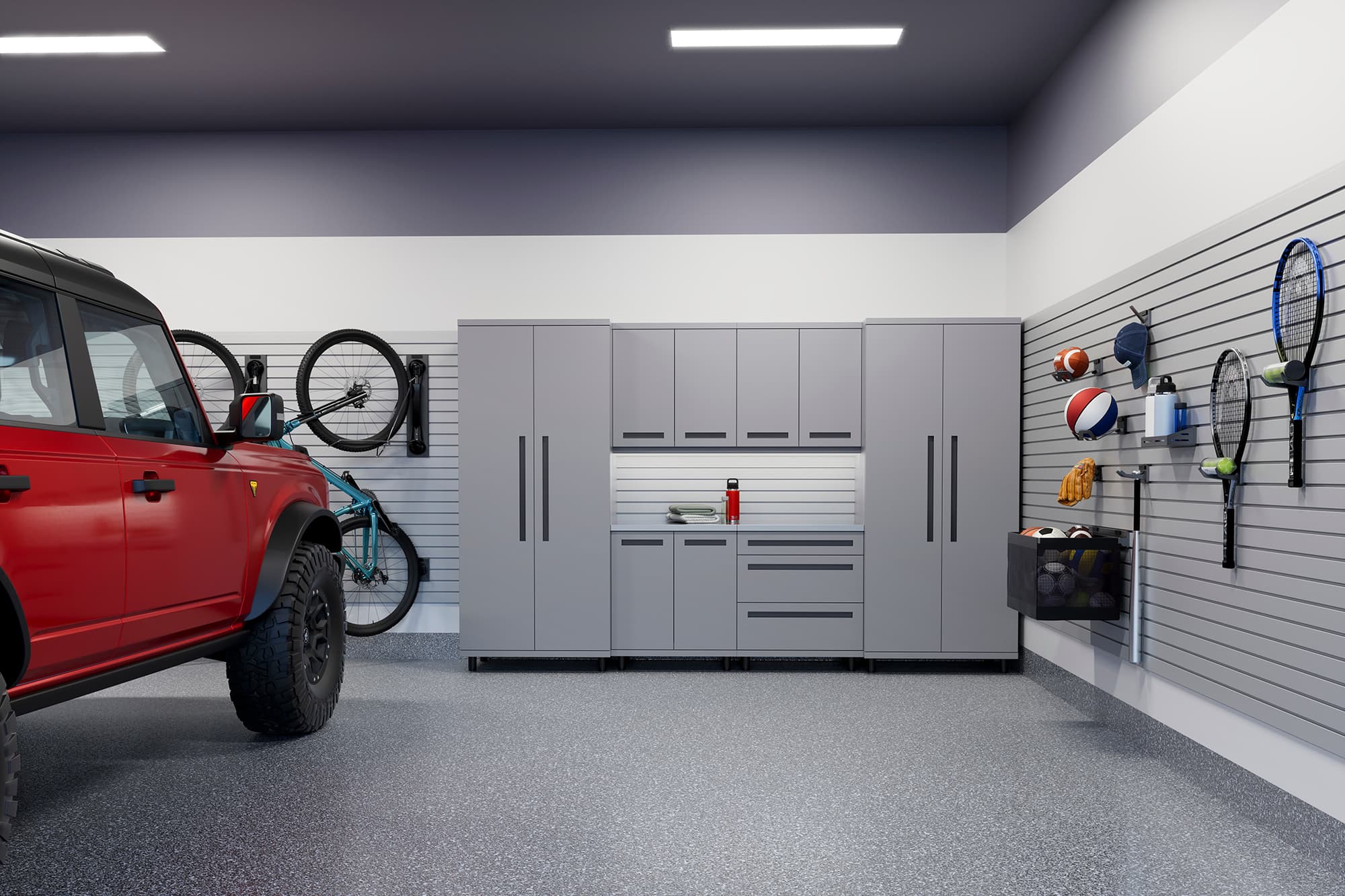
Imagine walking into your garage and feeling inspired instead of overwhelmed. Instead of clutter, there’s organization. Instead of frustration, there’s clarity. Vantage cabinetry from Garage Living transforms your garage into a space that’s organized, sleek, and designed to match the way you live. With high-quality steel construction and thoughtful design, Vantage delivers a polished, functional solution that fits seamlessly into your home.
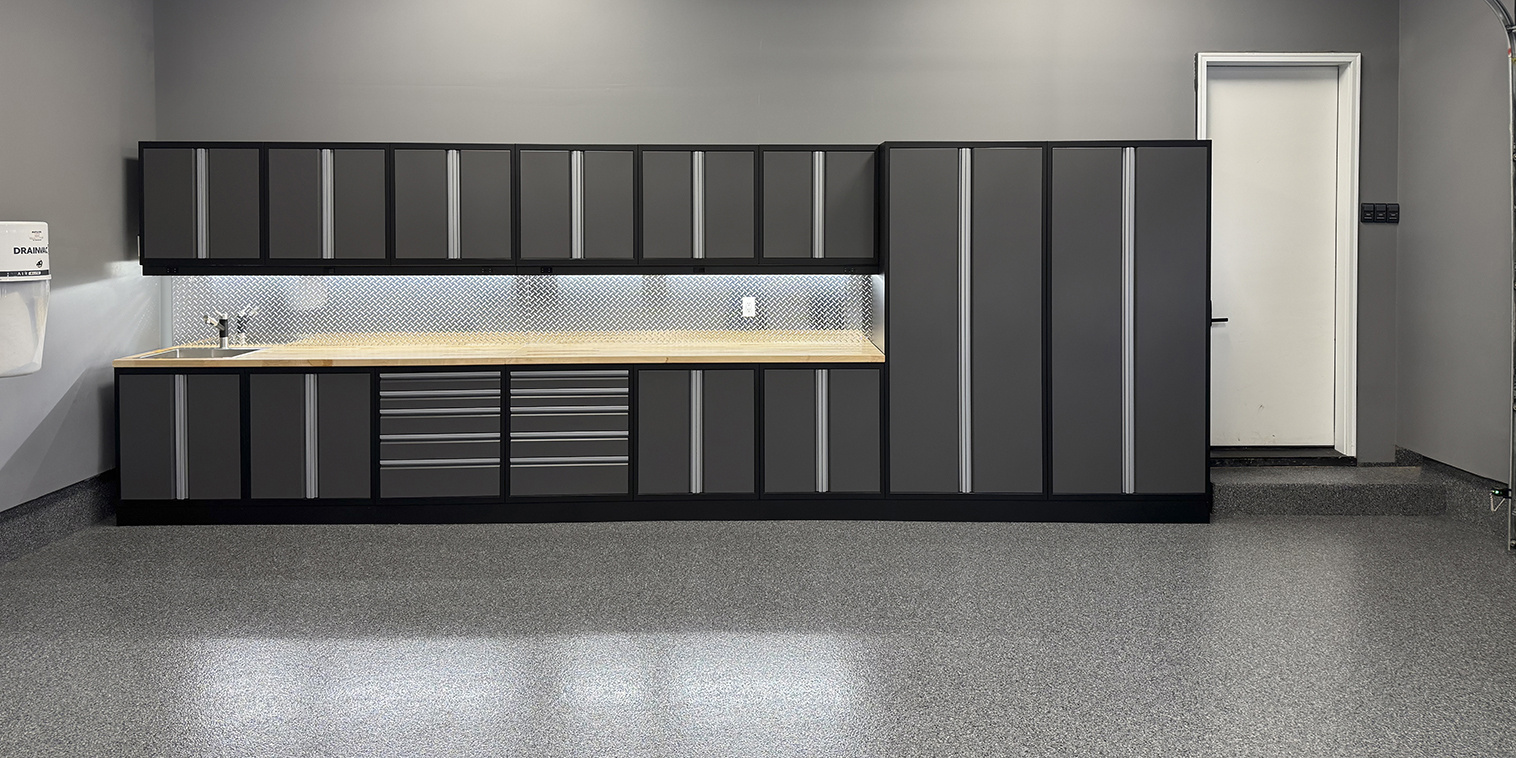
A cluttered garage isn’t just an eyesore, it’s one of the biggest frustrations homeowners face. Over 50% of homeowners consider the garage the most disorganized area in their home, and nearly 25% can’t even park their car inside because of the clutter. Investing in high-quality garage storage cabinets will bring order, efficiency, and style to your space.
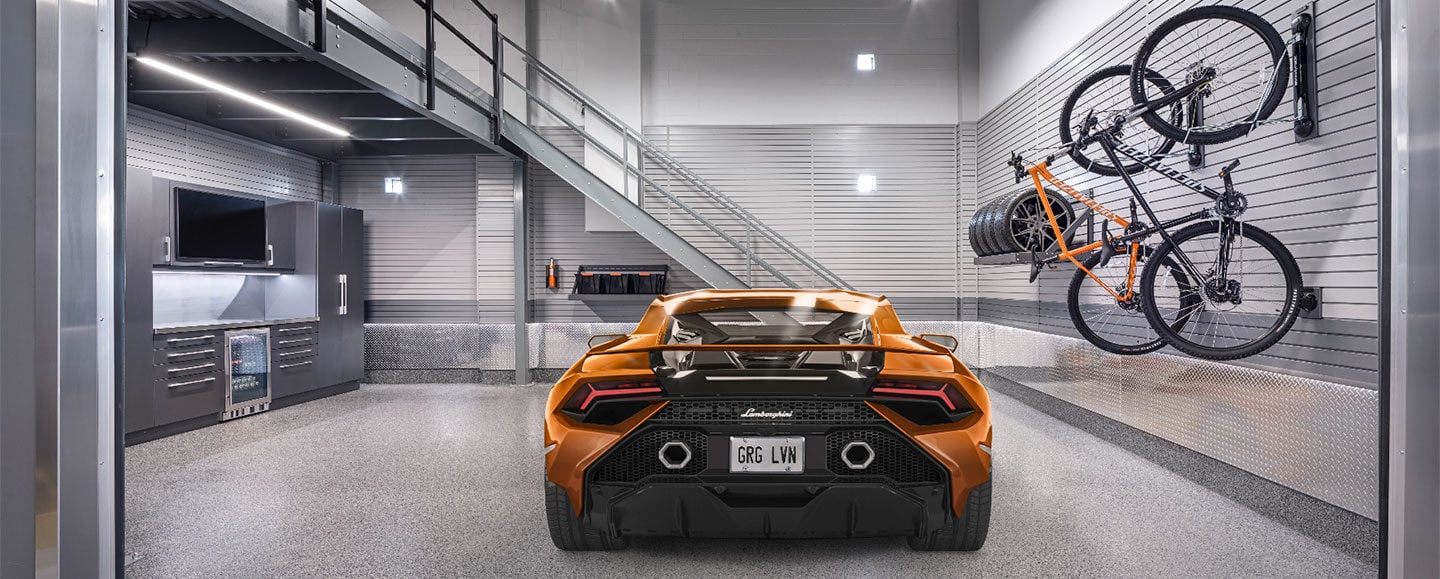
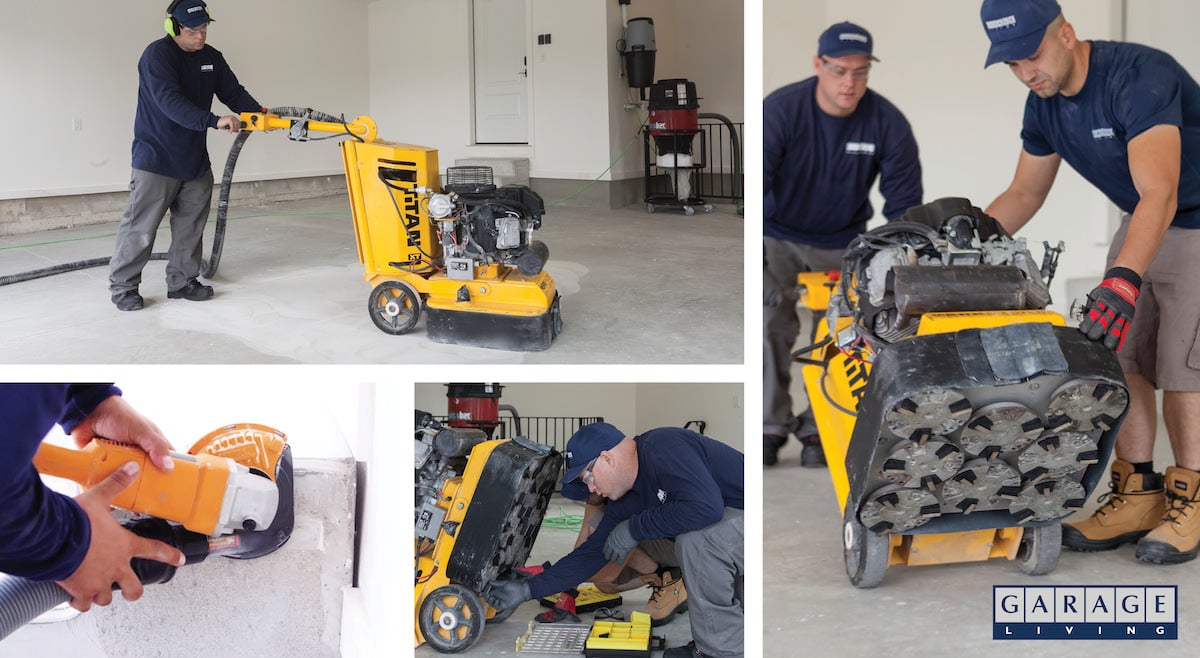
Ever walk on your garage floor and feel like you need to tiptoe around dust, cracks, and uneven patches just to avoid a mess? For many homeowners, an old garage floor it’s a daily frustration. From tripping hazards to constant sweeping, an outdated floor can make your garage feel uninviting and unsafe. But it doesn’t have to be like that. In 2025, there’s a better, smarter way to fix those cracks and create a beautiful, durable floor you’ll actually enjoy using.
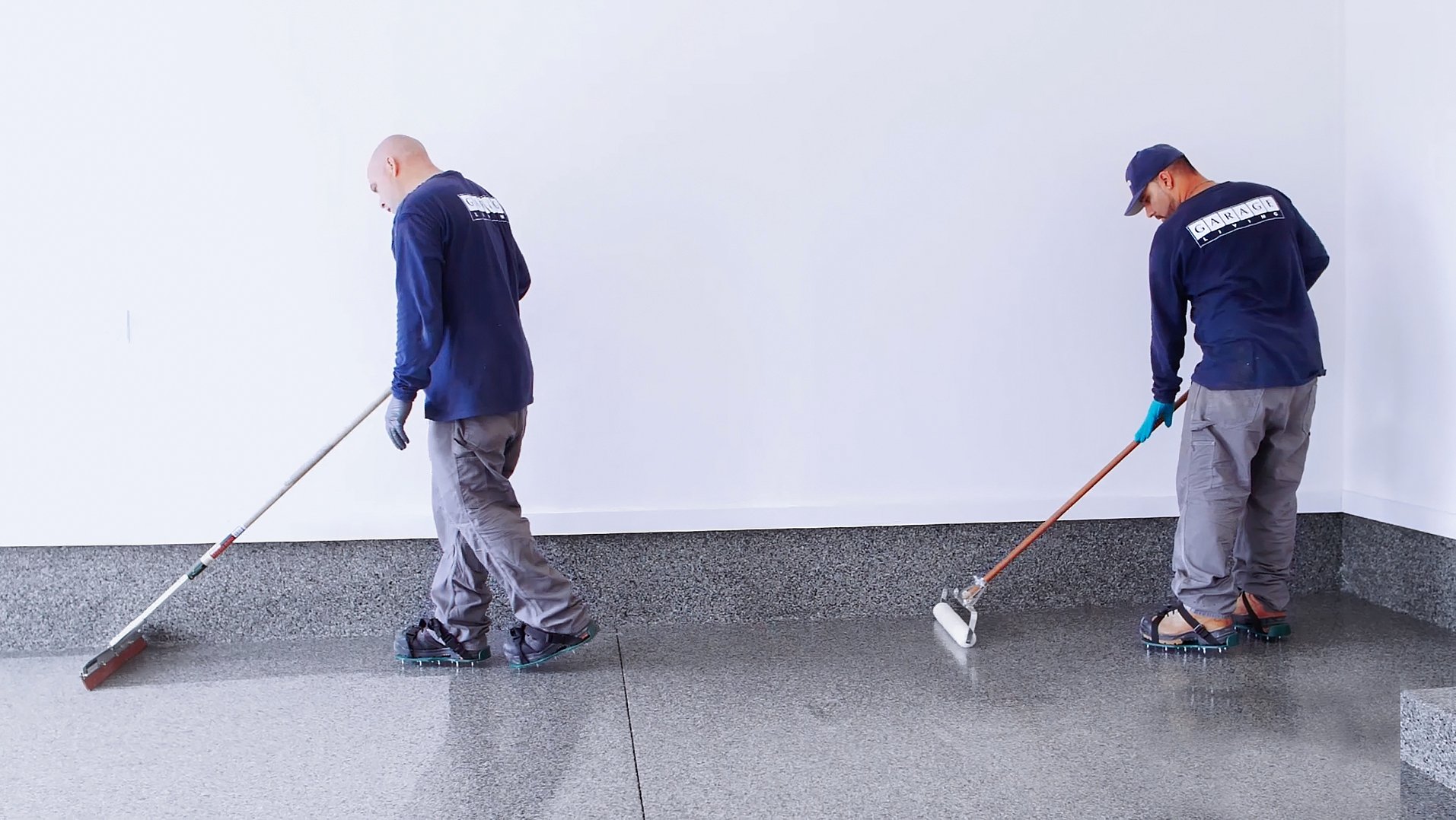
When homeowners look at a beautifully finished garage floor, it’s easy to focus on the sleek appearance: the shine, the color, the texture. But have you ever wondered what’s actually beneath the surface?
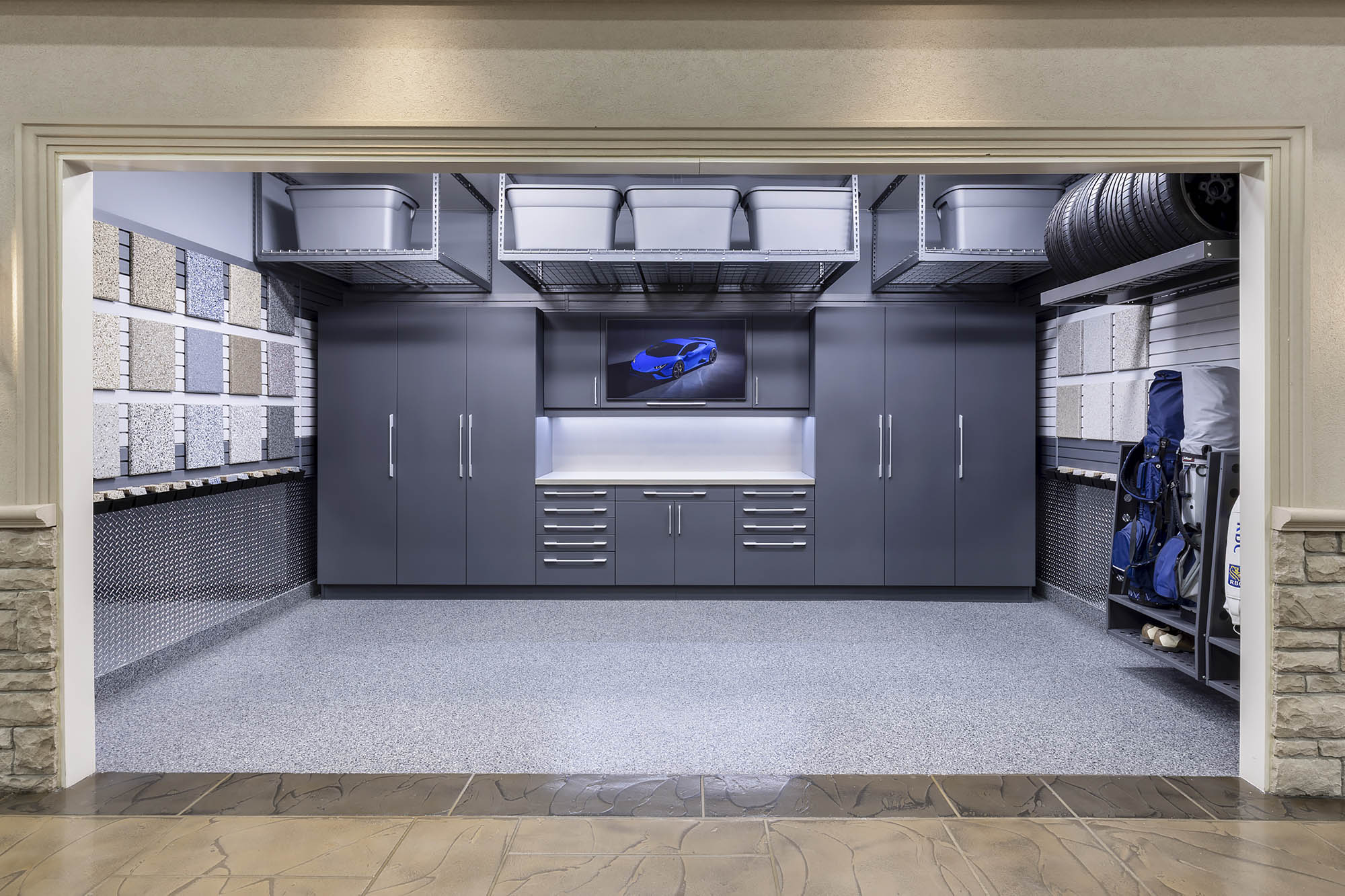
A deep dive into custom garage spaces for car collectors, enthusiasts, and design-minded homeowners.